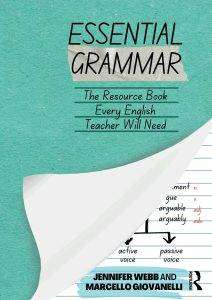Introduction
Understanding the intricate process of cognitive development in young children is fundamental to effective education. As future educators, it is crucial to delve deep into the complexities that govern young minds. The book “Developing Thinking and Understanding in Young Children: An Introduction for Students” provides a comprehensive guide, empowering students with the knowledge and tools necessary to foster cognitive growth in young learners. In this exploration, we will examine the key concepts and insights offered by this groundbreaking book.
1. The Foundations of Cognitive Development
The initial chapter lays the groundwork by exploring the intricate workings of a child’s developing brain. Students are introduced to synaptic pruning, genetic predispositions, and environmental influences, emphasizing the importance of early stimuli in cognitive development.
2. Piaget’s Stages of Cognitive Development
This section delves into Jean Piaget’s stages of cognitive development, offering a roadmap to comprehend the evolution of a child’s thinking from infancy to adolescence. Educators gain insights into tailoring teaching methods to match the cognitive abilities of children at different developmental stages.
3. Vygotsky’s Socio-Cultural Theory
Lev Vygotsky’s socio-cultural theory highlights the impact of social interactions and cultural context on cognitive development. This chapter explores collaborative and scaffolding approaches, enabling educators to create environments conducive to critical thinking and problem-solving.
4. Language Development and Cognitive Growth
Language is a powerful tool shaping cognitive abilities. This section discusses language acquisition, the critical period hypothesis, and the influence of multilingualism on cognitive flexibility. Educators learn to create language-rich environments to facilitate cognitive growth.
5. Emotional Intelligence and Cognitive Development
Emotional intelligence profoundly influences cognitive growth. This chapter explores the connection between emotional understanding and cognitive development. It emphasizes the nurturing of social and emotional skills alongside intellectual abilities, fostering holistic growth in young learners.
6. Cultivating Creativity and Critical Thinking.
In today’s dynamic world, creativity and critical thinking are indispensable. This section introduces pedagogical approaches encouraging divergent thinking and problem-solving. Educators gain practical strategies to stimulate creative expression and enhance cognitive flexibility in young minds.
Conclusion: Empowering Future Educators.
“Developing Thinking and Understanding in Young Children: An Introduction for Students” equips aspiring educators with profound insights into cognitive development. By integrating theoretical knowledge with practical strategies, this book empowers students to create dynamic and inclusive learning environments. Armed with this wisdom, future educators are prepared to shape the minds of the next generation, fostering a future where young thinkers are empowered to explore, question, and innovate, laying the foundation for a brighter tomorrow.
Explore the foundations of early childhood education with ‘Developing Thinking and Understanding in Young Children: An Introduction for Students.’ This comprehensive guide illuminates the crucial aspects of nurturing young minds, offering valuable insights for students and educators alike. Delve into the world of early childhood development, learning theories, and practical strategies to cultivate critical thinking skills in children. Perfect for students aspiring to become adept educators, this book provides a roadmap to unlocking the intellectual potential of young learners. Discover the transformative power of teaching and learning with this insightful introduction.
